Tequila is a distilled spirit made from the blue agave plant. It is one of the world’s most infamous spirits, with arguably only absinthe surpassing its legendary reputation.
Tequila is known for its unique taste and aroma, derived from the specific type of agave used to make it. It’s made in the area surrounding the city of Tequila, northwest of Guadalajara, and in the Jaliscan Highlands of the central western Mexican state of Jalisco.
It has a rich history that spans centuries and has inspired songs such as Kenny Chesney’s “You and Tequila” and Alan Jackson’s “Mexico Tequila and Me,” the movie “Tequila Sunrise” and the Netflix series “Monarca.”
Understanding Tequila’s history, production process, types, serving methods, and cultural significance can lead to a greater appreciation of this unique spirit for beginners and enthusiasts alike.
The History of Tequila
Tequila has roots in Mexico and dates back to pre-Colombian times when the Aztecs used fermented agave juice for religious ceremonies. But it wasn’t until the arrival of the Spanish conquistadors, who brought the knowledge and technology necessary to make distilled spirits, that they recognized the potential of the agave plant.
The first known reference to tequila dates back to the 17th century, when a Jesuit priest named Juan de Tavira wrote about a fermented drink made in the Mexican state of Jalisco. Today Mexican laws specify that Tequila can only be produced in the State of Jalisco and select municipalities in the States of Guanajuato, Michoacán, Nayarit, and Tamaulipas.
In Mexico, Tequila is consumed during celebrations and social gatherings and used in traditional cocktails such as the Margarita and the Paloma. The blue agave plant, from which Tequila is made, is also an essential cultural symbol in Mexico, representing endurance and strength, and is a symbol of Mexican pride around the world.
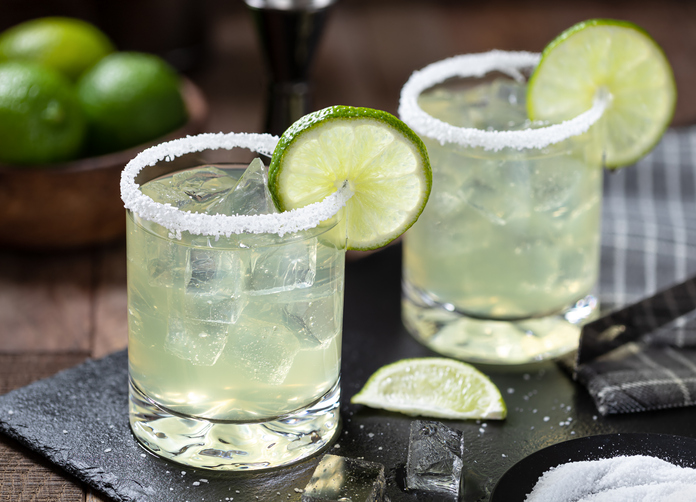
Tequila Production Process
The production of Tequila is a complex process. It can be only made with the blue agave plant grown in designated regions. In addition, each distillery has its own source of agave and techniques that affect each Tequila’s flavor profile. It’s important to note that spirits made from any variety of the agave plant are classified as Mezcal, including Tequila. However, not all Mezcal is Tequila since Tequila can only be made with blue agave.
RELATED: What is Mezcal? Everything You Need to Know About Mezcal
The first step is harvesting the blue agave plant, which takes 7-10 years to mature, and is usually done by hand. After the plants are harvested, the leaves are stripped away, leaving behind the core, or piña. Mature piñas weigh between eighty and three hundred pounds.
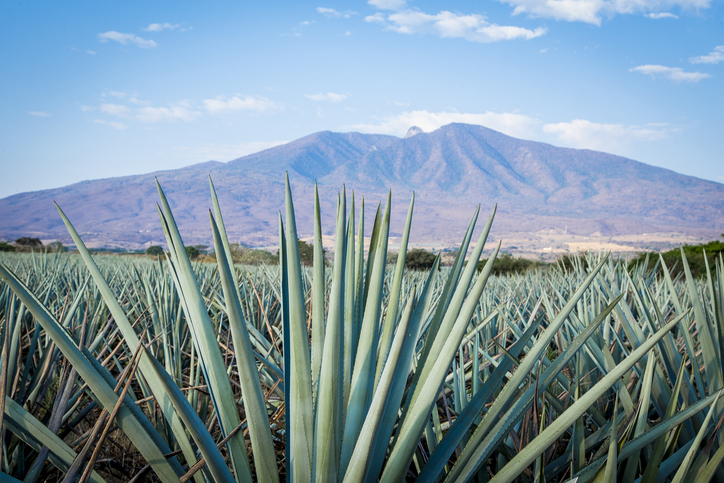
The next step in the production process is roasting. The piñas are cut into small pieces and placed in large ovens, then slowly cooked over several days. After roasting, the piñas are crushed to extract the juice. Traditionally, this was done using a large stone wheel called a tahona. The juice is then transferred to fermentation tanks, where yeast is added to convert the sugars into alcohol.
Fermentation can take several days, depending on the ambient temperature and yeast strain. After fermentation, the resulting liquid, known as mosto, is ready for distillation. Tequila is distilled twice, and sometimes three times, in copper stills.
The first distillation, known as “deztrozamiento” produces a clear liquid called ordinario, with an alcohol content of around 20%. The second distillation, known as “rectification,” yields a spirit with an alcohol level near 55%. After the second distillation the Tequila is considered silver, or “blanco,” Tequila.
The Tequila is then aged in oak barrels for at least two months. Almost all containers used in tequila aging are French or American white oak barrels that have previously been used to age bourbon.
Like Champagne, Tequila is assigned an Appellation of Origin status, which limits production to five Mexican states: Guanajuato, Jalisco, Michoacán, Nayarit, and Tamaulipas. All 100% blue agave tequilas must be bottled in the designated Mexican regions and must bear on their labels “Hecho en Mexico / Made in Mexico.”
Types of Tequila
Tequila is classified based on the percentage of agave that’s used in its production. Tequila can be 100% agave or blended with other ingredients such as corn or wheat. There are several types of Tequila, Blanco, Reposado Añejo, and Extra Añejo, each with its unique characteristics
Blanco, also known as silver or white Tequila, is a clear spirit that is not aged. Blanco tequilas have a crisp and clean taste with notes of sweetness and spice.
On the other hand, reposado tequilas are aged in oak barrels for a minimum of two months but no more than a year. As a result, Reposado tequilas are mellow and smooth, with hints of vanilla and oak.
Anejo tequilas are aged for at least one year but no more than three years, leading to a smooth and complex taste with caramel, chocolate, and smoke notes.
Extra Anejo tequilas are aged for at least three years, resulting in a rich and luxurious flavor profile with dark fruit and spice notes.
Tequila’s flavor profile is also influenced by the production process, with each producer having its proprietary method. Furthermore, the region and type of agave used, the altitude, and the climate conditions all influence the taste and aroma of the finished spirit.
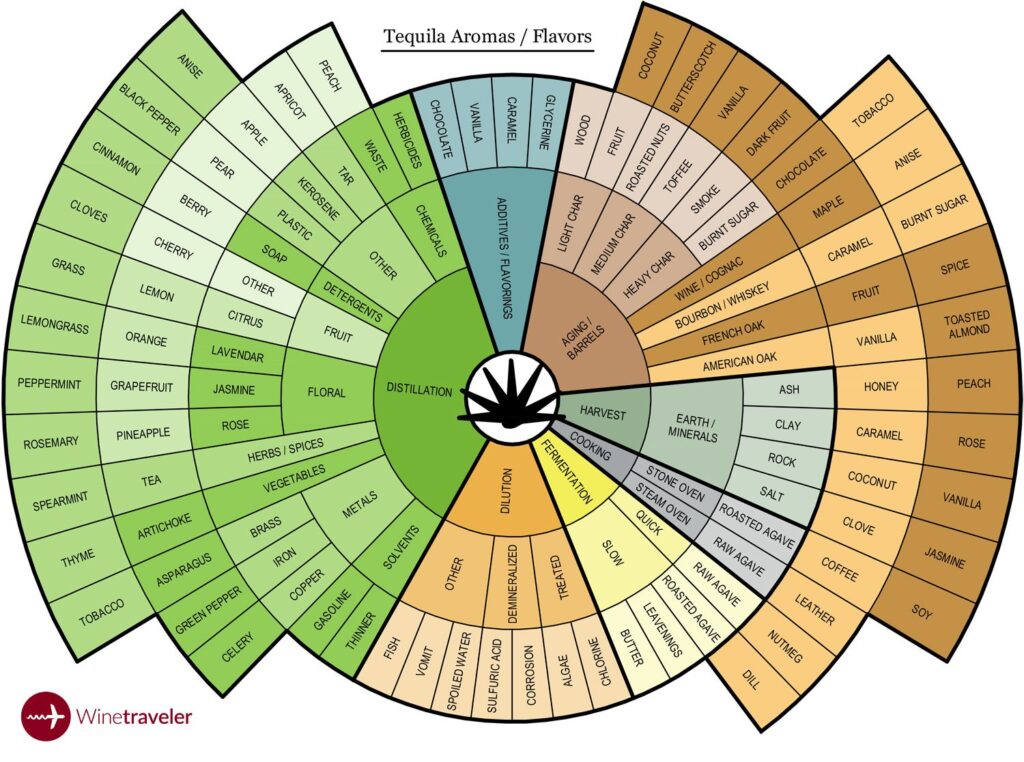
Top Tequila Producers
Jose Cuervo
Jose Cuervo is perhaps the most well-known tequila producer in the world. Founded in 1758, this family-owned company has produced Tequila for over 250 years, making it the oldest tequila producer. The company employs traditional production methods, using only blue agave plants from the Jalisco region of Mexico. Jose Cuervo also produces many tequila varieties, including Gold, Silver, and Reposado.
Sauza
Sauza is another well-known tequila producer, founded in 1873 by Don Cenobio Sauza. This company was responsible for introducing the first bottled Tequila, which helped to popularize the drink in the United States. Sauza produces its Tequila using traditional methods, including slow agave cooking, and aging in oak barrels. The company also offers a variety of tequila blends, including Blanco, Gold, and Reposado.
Patrón
Patrón is relatively new in the tequila industry, founded in 1989 by Paul Mitchell co-founder John Paul DeJoria. The company has become known for its high-quality, premium tequilas and innovative marketing campaigns. Patrón is unique in its combination of traditional and modern production methods, including a proprietary blend of agave plants and handcrafted glass bottles.
Buy Different Variations of Patrón Online
Don Julio
Don Julio is another family-owned tequila producer founded in 1942 by Don Julio González. This company is known for its artisanal production methods, including handcrafted agave plant cultivation, slow cooking, and aging in American white oak barrels. Don Julio offers extensive tequila varieties, including Blanco, Reposado, and Añejo.
Herradura
Herradura is one of the oldest tequila producers in the world, founded in 1870 by Félix López. This company is known for its unique production methods, including using hand-harvested agave plants and aging in oak barrels for a minimum of 25 months. Herradura also produces an ultra-premium tequila called Seleccion Suprema, aged for four years in oak barrels, and hand-bottled in crystal decanters.
Ways to Enjoy Tequila
Shots of Tequila
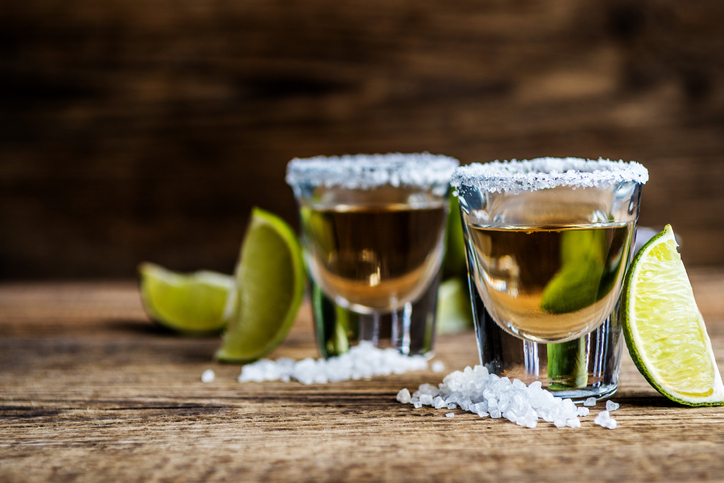
One of the most popular ways to serve Tequila is in a shot glass with a slice of lime and a sprinkle of salt. This is known as the traditional tequila shot and is drank quickly in one go. The lime is used to neutralize the strong taste of the Tequila, while the salt helps to enhance the flavor. Many people enjoy the thrill of taking a tequila shot and the social aspect of sharing shots with friends.
Sipping Tequila
Tequila can also be enjoyed in a more refined manner by sipping it slowly from a brandy snifter, an Oaxaca Tequila Glass, or famed glass maker Riedel Overture Tequila Glass. Sipping tequila slow allows you to savor and appreciate the complex flavors and aromas of the spirit. It’s recommended that Tequila be enjoyed at room temperature, as this allows the flavors to develop fully and provides a more enjoyable experience.
Tequila Cocktails
Tequila cocktails are also exciting to explore. Its beauty is that its agave flavor brings an earthy, semi-sweet element to drinks. It has a taste and texture you won’t find in any other distilled spirit.
The Margarita
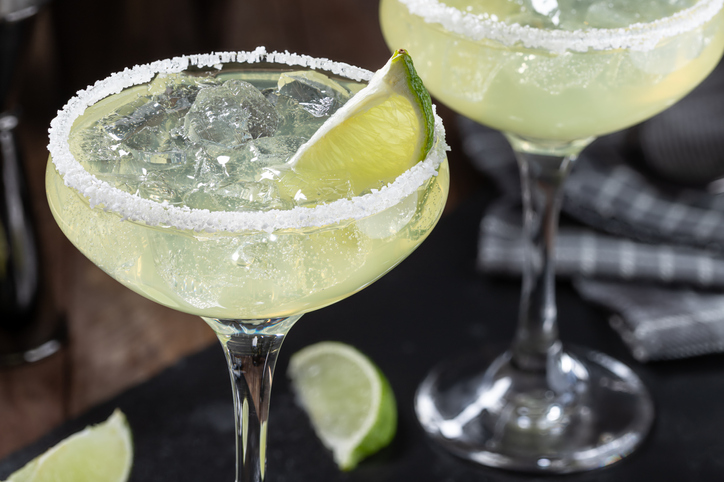
One of the most popular cocktails in the world is the Margarita, made with Tequila, lime juice, and triple sec. Margaritas can be served either blended or on the rocks. They can be flavored with various fruits such as strawberry or mango.
Paloma Cocktail
Another famous tequila cocktail is the Paloma, made with lime juice and grapefruit soda, such as Jarritos. (You can also use Fever Tree Sparkling Pink Grapefruit.) It’s typically served in a tumbler over ice with a twist of grapefruit or lime.
Tequila Sunrise
One of the most iconic tequila cocktails is the Tequila Sunrise, made with Tequila, orange juice, and grenadine. Not only does the grenadine create a sunrise in your glass, but it also adds a fruity sweetness to contrast the tart citrus. It’s served in a Tom Collins glass over ice and garnished with an orange slice and a maraschino cherry. Mix it up and watch the sunrise.
Cooking with Tequila
Tequila can also be used in cooking, with dishes such as tequila-lime chicken and tequila-lime shrimp. Adding Tequila to a marinade or sauce can lend a unique flavor to a dish, and it can be a secret be a secret ingredient when substituted for brandy in your favorite recipes.
In Summary, Tequila is “The Last Call”
“The last call” is that Tequila is a distinct and versatile spirit with a history and tradition equal to the great spirits of Europe, like Cognac in France and Bourbon in the U.S. And it can be enjoyed in a variety of ways, whether you prefer to taking shots with friends, savor it slowly from a specially made tequila glass, enjoy it in a margarita, or use it in cooking, Tequila offers something for everyone.
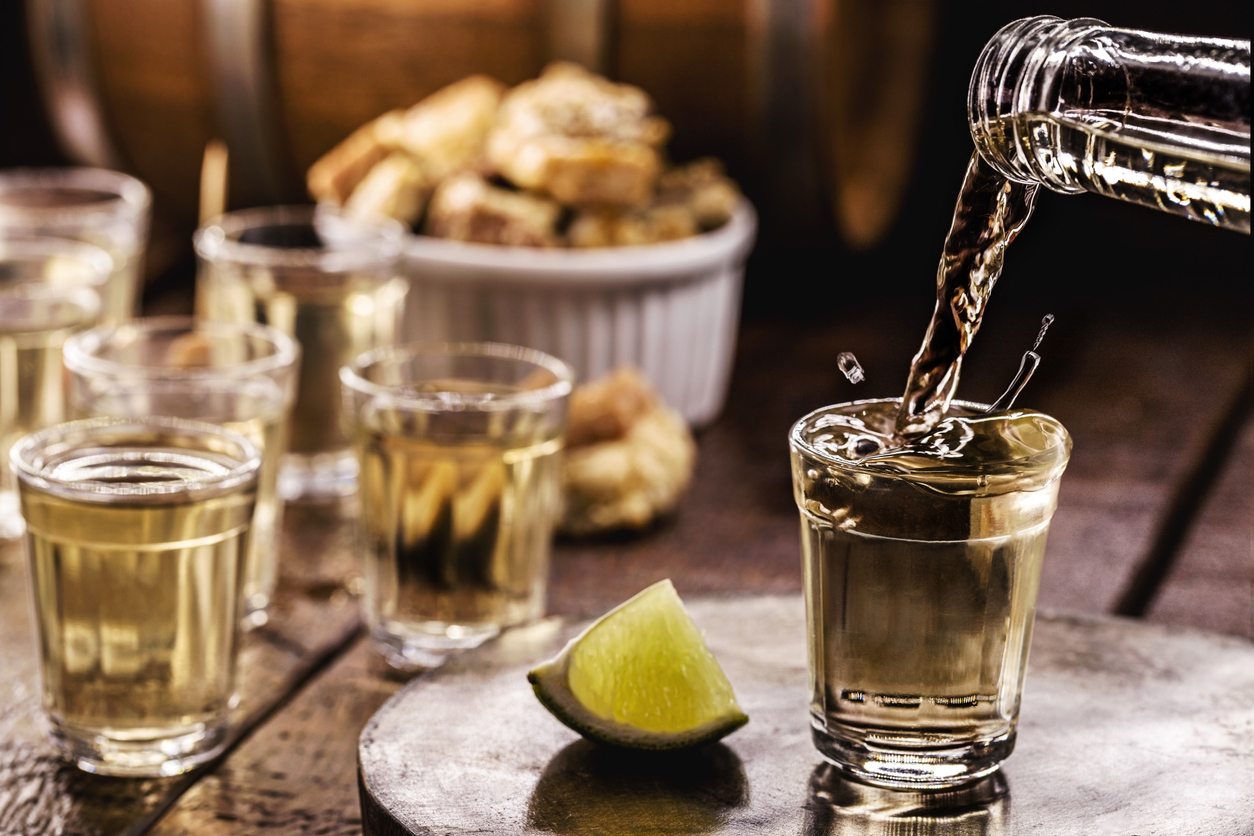
It didn’t occur to me until I read your blog that tequila comes in five different kinds. I’ll be sure to share this with my sister, who has been preparing to purchase one for our brother’s birthday, and look into shops that can assist us in purchasing one. This can guarantee that we purchase the appropriate one for the situation. I appreciate you sharing!